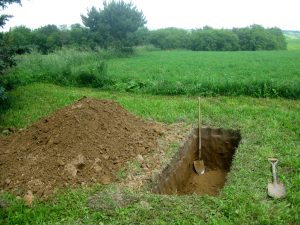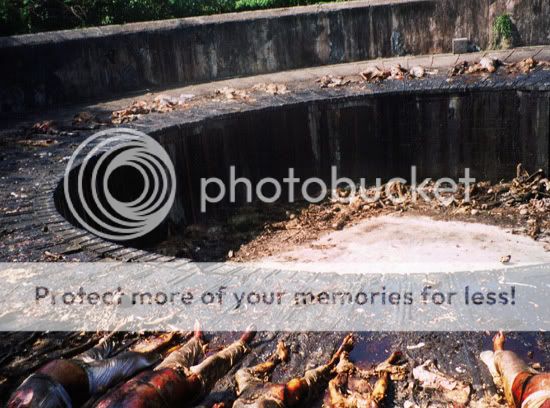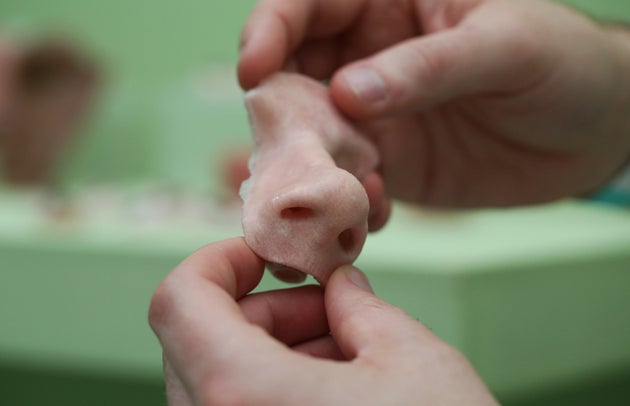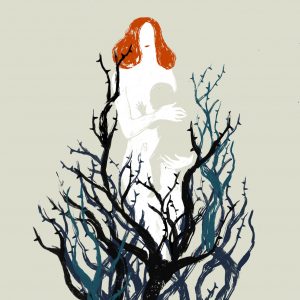In this class, we have discussed preparation for death in multiple instances. In “The Undertaking” a couple prepares for the death of their child and elderly plan their funerals. We know psilocybin mushroom can help ease the fear of death in terminal patients. We have discussed the importance of advanced directives. We don’t often consider the moment right before death.
Mathew O’Rielly, an emergency medical technician, gave a Ted Talk about the moment a critically injured person asks, “Am I going to die?” Early in his career, Mathew expected his patients to be consumed by the well-recognized fear of death that we see in American people. He wanted to treat this fear as he would any other symptom, and provide as much relief as possible. So, he lied to the patients to comfort them. He didn’t want their last moments to be moments of terror and desperation.
One patient in a motorcycle accident changed his approach. The patient was imminently dying and the EMTs were powerless to save him. Mathew decided to this time tell the truth, and inform the man that he was dying. Mathew was shocked by his reaction. He, “Laid back and had a look of acceptance on his face… I saw inner peace.” It was not fear, it was not terror. In the moment before death, the patient accepted death, and Mathew says this is the reaction he has gotten from almost all patients in his career.
Mathew also observed a pattern of three commonalities in imminently dying patients. First, they needed forgiveness. Whether it was “sin” or just regret, there is something they wish they had done differently and they seek forgiveness. Second, they want to be remembered. I was surprised that Mathew said many patients ask, “will you remember me?” It is not just a need for the family or loved ones to remember them after death, but a more general desire. Finally, they wanted to know that their lives had meaning; that they made a difference and their lives are not menial. Mathew seemed to think most people underestimated the positive influences they had.
It is difficult to imagine how we would react to death if confronted with it in such an immediate way. We have discussed at length our society’s fear of death and how that influences our behavior, but Mathew’s experience provides a perspective not many people know. I think his experiences might challenge the way we think about the fear of death in our culture, at least to understand our relationship with death is complicated and nuanced.







